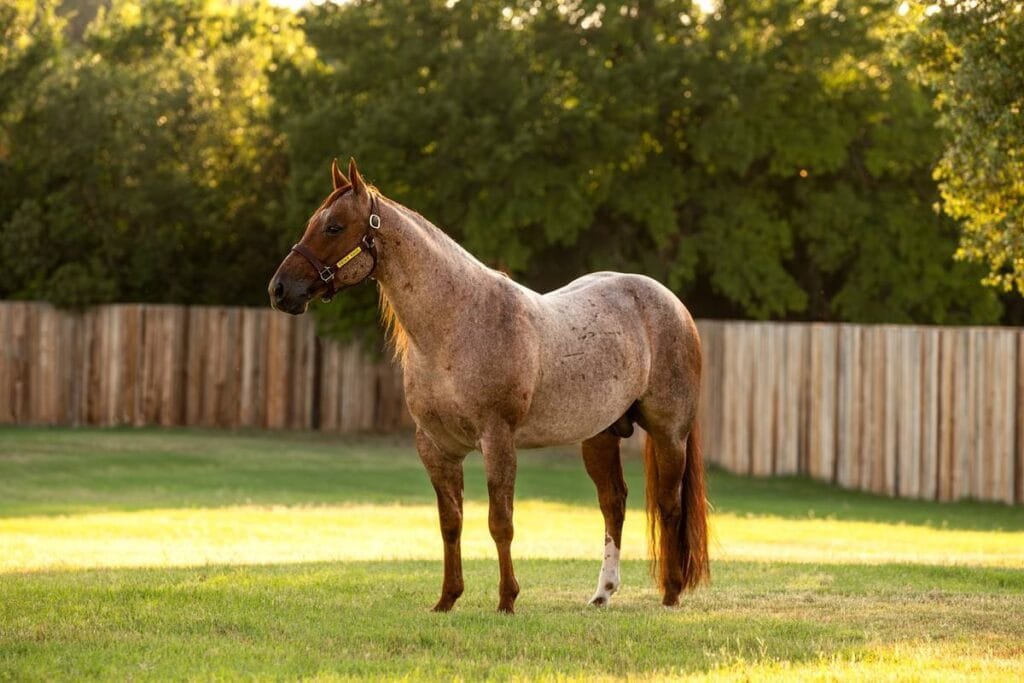known for its speed and versatility, holds a significant place in Italy’s equestrian heritage
The Italian Trotter horse embodies the rich legacy of Italian horsemanship, blending athleticism with a gentle temperament. From its origins as a harness racing specialist to its versatility in various equestrian disciplines, the breed continues to captivate enthusiasts worldwide.As stewards of this remarkable breed, it is our responsibility to preserve its heritage and ensure its future generations thrive. Through dedication to breeding excellence and appreciation for its unique qualities, the Italian Trotter remains a symbol of Italy’s equestrian prowess and a beloved companion in the world of horses.
History and Origins
The origins of the Italian Trotter trace back to the late 19th century when breeders in Italy sought to develop a horse specifically suited for harness racing. They crossed local mares with imported Standardbred stallions from the United States, known for their speed and stamina. This selective breeding program aimed to create a horse capable of trotting at high speeds over extended distances.Over time, the Italian Trotter evolved into a distinct breed known for its elegant appearance and smooth gait. Today, it is recognized as one of Italy’s premier harness racing breeds, renowned for its performance on the track and its versatility in various equestrian disciplines.
Feature details
| Feature | Details |
|---|---|
| Origin | Developed in late 19th century Italy by crossing local mares with imported Standardbred stallions from the United States. |
| Height | Typically 15 to 16 hands tall (60 to 64 inches at the withers). |
| Coat Colors | Bay, chestnut, black; occasional gray or roan. |
| Physical Characteristics | Medium-sized with a well-proportioned body and muscular legs. Refined head with expressive eyes and alert ears. |
| Temperament | Gentle, sociable, and calm. Intelligent and trainable, forming strong bonds with handlers. |
| Primary Use | Harness racing, known for speed and stamina. Also excels in combined driving, dressage, and pleasure driving. |
| Versatility | Adaptable to various equestrian disciplines due to athleticism and balanced movement. |
| Conservation Efforts | Conservation initiatives focus on maintaining genetic diversity and promoting breed standards. Educational programs raise awareness about the breed’s heritage and capabilities. |

Physical Characteristics
The Italian Trotter is typically medium-sized, standing between 15 to 16 hands tall. It has a well-proportioned body with strong, muscular legs that are well-suited for trotting at high speeds. The breed’s head is refined with expressive eyes and alert ears, reflecting its intelligence and spirited nature.Coat colors can vary widely and include bay, chestnut, black, and occasionally gray or roan. The breed’s sleek coat and muscular build contribute to its agility and speed, making it a formidable competitor in harness racing events.
Temperament and Personality
One of the Italian Trotter’s most endearing qualities is its gentle temperament and willingness to work with humans. Known for its sociable nature and calm demeanor, the breed is highly trainable and forms strong bonds with its handlers.Italian Trotters are known to be intelligent and responsive, making them suitable not only for racing but also for recreational riding and driving. Their adaptable nature allows them to excel in various equestrian disciplines, including dressage, show jumping, and pleasure driving.
Versatility in Equestrian Sports
While harness racing remains the Italian Trotter’s forte, its versatility extends to other areas of equestrian sports. Due to its athleticism and balanced movement, the breed is often seen competing in combined driving events, where horses must demonstrate precision and agility in navigating obstacles and performing intricate maneuvers.In recent years, Italian Trotters have gained recognition in the international equestrian community for their performance in driving competitions. Their ability to maintain a steady pace and respond to subtle cues from their drivers makes them valuable partners in this demanding sport.
Pros and Cons about Italian Trotter’
Pros:
- Speed and Stamina: Renowned for its ability to trot at high speeds, making it excellent for harness racing.
- Versatility: Excels in various equestrian disciplines like combined driving, dressage, and pleasure driving.
- Temperament: Gentle, sociable, and trainable, forming strong bonds with handlers.
- Cultural Significance: Holds a significant place in Italian equestrian heritage, celebrated for its elegance and performance.
- Adaptability: Can thrive in different environments and climates, showcasing resilience.
Cons:
- Specialized Training: Requires specific training for harness racing, which may not appeal to all equestrians.
- Maintenance: Requires regular exercise and care to maintain physical fitness and mental well-being.
- Cost: Initial purchase and ongoing maintenance costs can be high, particularly for competitive horses.
- Health Considerations: Prone to certain health issues common among trotting breeds, necessitating regular veterinary care.
- Breeding Challenges: Maintaining breed purity and genetic diversity requires careful breeding practices and management.




